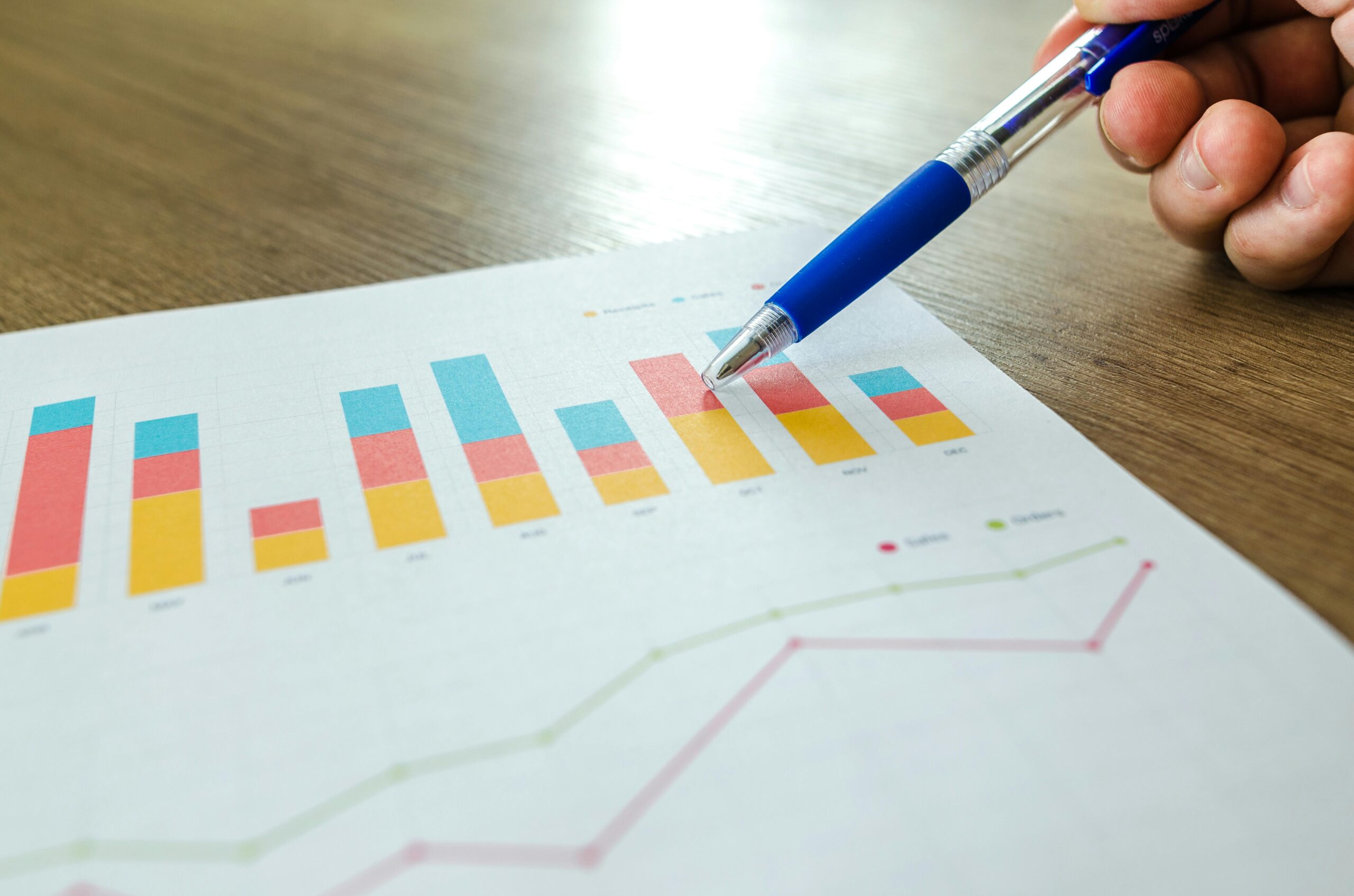Modern education demands more than just traditional teaching methods. Students and educators alike are discovering that understanding how we learn is just as important as what we learn, opening doors to unprecedented academic achievement.
Cognitive monitoring tools represent a revolutionary approach to education, empowering learners to take control of their mental processes while providing educators with valuable insights into student comprehension. These innovative resources are transforming classrooms worldwide, making learning more efficient, personalized, and ultimately more successful for everyone involved.
🧠 Understanding Cognitive Monitoring in Educational Contexts
Cognitive monitoring, often called metacognition, refers to the ability to observe, evaluate, and regulate one’s own thinking processes. In educational settings, this means students become aware of their learning strategies, recognize when comprehension breaks down, and adjust their approaches accordingly. Think of it as having an internal quality control system for learning.
When students engage in cognitive monitoring, they’re constantly asking themselves critical questions: Do I understand this concept? What strategies am I using? Is my approach working? This self-awareness creates a feedback loop that dramatically improves learning outcomes and builds lifelong learning skills.
Research consistently demonstrates that students who develop strong metacognitive skills outperform their peers academically. They’re better equipped to tackle complex problems, retain information longer, and transfer knowledge across different subjects and contexts.
The Science Behind Effective Learning Strategies
Neuroscience has revealed fascinating insights about how our brains process and retain information. The prefrontal cortex, responsible for executive functions including self-monitoring, plays a crucial role in successful learning. When students actively engage this region through cognitive monitoring practices, they literally strengthen neural pathways associated with learning.
Working memory, attention span, and processing speed all benefit from metacognitive awareness. Students who regularly assess their understanding can identify gaps in knowledge before they become problematic, leading to more thorough mastery of subject matter.
The spacing effect, retrieval practice, and elaborative rehearsal all become more effective when combined with cognitive monitoring. Students learn not just to apply these techniques, but to recognize when each strategy is most appropriate for their current learning challenge.
📱 Digital Tools Revolutionizing Cognitive Awareness
Technology has made cognitive monitoring more accessible and effective than ever before. Digital platforms can track learning patterns, provide instant feedback, and help students visualize their progress in ways that paper-based methods simply cannot match.
Modern cognitive monitoring applications use sophisticated algorithms to analyze student responses, identify knowledge gaps, and recommend targeted interventions. These tools adapt to individual learning styles, creating personalized educational experiences that meet each student where they are.
Many platforms incorporate gamification elements that make metacognitive practice engaging rather than tedious. Points, badges, and progress bars transform self-reflection into an enjoyable activity, increasing student participation and consistency.
Key Features of Effective Cognitive Monitoring Tools
The most successful educational technology platforms share several essential characteristics that maximize their impact on learning outcomes:
- Real-time feedback mechanisms that immediately inform students about their understanding level
- Progress tracking dashboards providing visual representations of learning journeys
- Adaptive questioning that adjusts difficulty based on student performance
- Reflection prompts encouraging students to evaluate their thinking processes
- Goal-setting frameworks helping learners establish and monitor academic objectives
- Analytics for educators offering insights into class-wide patterns and individual struggles
- Integration capabilities allowing seamless connection with existing learning management systems
Implementing Metacognitive Strategies in the Classroom
Successful integration of cognitive monitoring requires thoughtful planning and consistent practice. Educators must create environments where self-reflection is valued, encouraged, and explicitly taught as a skill rather than assumed to develop naturally.
Begin by modeling metacognitive thinking aloud. When teachers verbalize their thought processes while solving problems or analyzing texts, students observe what cognitive monitoring looks like in action. This demonstration provides a concrete template for students to emulate.
Incorporate regular reflection activities into lesson plans. Simple prompts like “What was most challenging today?” or “Which strategy helped you most?” train students to evaluate their learning experiences systematically.
Creating a Metacognitive Culture
Transforming classroom culture to embrace cognitive monitoring requires patience and persistence. Students accustomed to passive learning may initially resist taking active responsibility for monitoring their understanding.
Start small with brief check-ins and gradually increase the depth of metacognitive practice. Celebrate moments when students recognize their confusion and seek help, framing these instances as signs of strong learning skills rather than weaknesses.
Peer collaboration amplifies metacognitive benefits. When students explain their thinking to classmates, they must articulate their cognitive processes, strengthening their monitoring abilities while simultaneously helping others.
🎯 Practical Applications Across Subject Areas
Cognitive monitoring tools adapt beautifully to diverse academic disciplines, though implementation strategies may vary based on subject-specific demands and learning objectives.
In mathematics, students can use monitoring tools to identify which problem-solving strategies work best for different equation types. Self-assessment checklists help them verify each step in complex calculations, reducing careless errors.
Language arts instruction benefits tremendously from comprehension monitoring techniques. Students learn to recognize when text meaning becomes unclear, deploying fix-up strategies like rereading, context clue analysis, or visualization to restore understanding.
Science education incorporates cognitive monitoring through hypothesis tracking and experimental reflection. Students document their predictions, observations, and conclusion-drawing processes, developing critical thinking alongside content knowledge.
Adapting Tools for Different Age Groups
Elementary students require simpler, more concrete monitoring tools. Visual aids like “traffic light” self-assessments (red for confused, yellow for uncertain, green for confident) make abstract metacognition tangible for young learners.
Middle school students can handle more sophisticated reflection, including written journals documenting study strategies and their effectiveness. This age group particularly benefits from goal-setting features that build autonomy and responsibility.
High school and college students should engage with comprehensive cognitive monitoring systems that prepare them for independent lifelong learning. These tools emphasize strategy selection, time management, and self-directed problem-solving.
Measuring Success and Learning Outcomes
Quantifying the impact of cognitive monitoring tools requires both qualitative and quantitative assessment methods. Academic performance metrics provide one dimension, but deeper measures of learning quality matter equally.
Track not only test scores but also student confidence levels, strategy diversity, and help-seeking behaviors. Students developing strong metacognitive skills demonstrate increased learning independence and resilience when facing challenges.
| Assessment Type | What It Measures | Frequency |
|---|---|---|
| Self-Assessment Surveys | Student confidence and strategy awareness | Weekly |
| Learning Analytics | Time on task, accuracy trends, growth patterns | Continuous |
| Reflection Journals | Depth of metacognitive thinking | Bi-weekly |
| Performance Assessments | Application of knowledge and skills | Monthly |
| Teacher Observations | Behavioral indicators of monitoring | Ongoing |
Overcoming Common Implementation Challenges
Despite obvious benefits, educators often encounter obstacles when introducing cognitive monitoring tools. Recognizing these challenges upfront enables proactive problem-solving and smoother implementation.
Student resistance represents a significant hurdle, particularly with learners who have experienced academic success through surface-level strategies. These students may view metacognitive practices as unnecessary extra work rather than efficiency enhancers.
Address this resistance by demonstrating concrete benefits through small-scale trials. When students experience improved test performance or reduced study time, they become willing adopters of monitoring techniques.
Managing Time Constraints
Teachers frequently worry that cognitive monitoring activities consume valuable instructional time. However, research shows that metacognitive practice ultimately saves time by reducing reteaching needs and accelerating comprehension.
Integrate monitoring seamlessly into existing activities rather than treating it as separate curriculum. A two-minute reflection at lesson’s end or brief strategy discussion during transitions adds minimal time while providing substantial benefits.
Digital tools particularly excel at time efficiency, conducting assessments and providing feedback instantly without requiring teacher time for grading or analysis.
🌟 Future Trends in Educational Technology
Artificial intelligence and machine learning promise to make cognitive monitoring tools even more powerful and personalized. Future platforms will predict student difficulties before they occur, proactively suggesting interventions based on subtle pattern recognition.
Virtual reality environments may soon provide immersive metacognitive training, allowing students to visualize their thinking processes in three-dimensional space. These innovations could make abstract cognitive concepts tangible for learners who struggle with traditional introspection.
Biometric feedback integration represents another frontier. Devices monitoring heart rate, eye movement, or galvanic skin response could provide objective data about cognitive load and attention, informing both real-time adjustments and long-term learning design.
Building Sustainable Learning Habits
The ultimate goal of cognitive monitoring extends beyond immediate academic performance to lifelong learning competence. Students who master metacognitive skills carry these abilities into careers, relationships, and personal development pursuits.
Consistency proves more valuable than intensity when developing monitoring habits. Brief daily reflection outperforms occasional lengthy self-assessment sessions, creating automaticity that makes metacognition effortless over time.
Encourage students to extend monitoring beyond academic contexts. Reflecting on communication effectiveness, athletic performance, or creative projects reinforces that metacognition applies universally to skill development.
Empowering Educators as Metacognitive Guides
Teachers must develop their own metacognitive competencies before effectively guiding students. Professional development focused on personal learning awareness enables educators to model authentic cognitive monitoring.
Collaborative professional learning communities allow teachers to share implementation experiences, troubleshoot challenges, and refine approaches. This collegial support system increases likelihood of sustained, effective practice.
Administrative backing matters enormously for successful adoption. School leaders should provide resources, training time, and explicit messaging that metacognitive instruction constitutes core curriculum rather than optional enrichment.
💡 Transforming Education Through Self-Awareness
Cognitive monitoring tools represent more than technological innovation—they embody a fundamental shift in educational philosophy. Rather than viewing students as passive recipients of knowledge, we recognize them as active participants capable of directing their own learning journeys.
This empowerment creates ripple effects extending far beyond classroom walls. Students develop confidence, resilience, and adaptability that serve them throughout life. They learn not just content, but how to learn anything they choose.
The integration of cognitive monitoring into mainstream education practices continues accelerating as evidence of effectiveness accumulates. Schools embracing these tools position their students for success in an unpredictable future where learning agility matters more than fixed knowledge.

Taking Action: Starting Your Metacognitive Journey
Whether you’re an educator, student, or parent, you can begin incorporating cognitive monitoring immediately. Start with simple reflection questions at the end of each study session or class period. What did you learn? What remains unclear? Which strategies worked well?
Explore available digital tools that align with your specific needs and context. Many excellent platforms offer free trials or basic versions, allowing experimentation without financial commitment.
Remember that developing metacognitive skills takes time and practice. Approach this journey with patience, celebrating small improvements rather than expecting instant transformation. The compound benefits of consistent cognitive monitoring accumulate dramatically over weeks and months.
Education stands at a pivotal moment. By embracing cognitive monitoring tools and practices, we unlock human potential in unprecedented ways, creating learners who understand not just what they know, but how they learn. This metacognitive revolution promises to enhance learning success for generations to come, making education more effective, efficient, and empowering for everyone involved.
Toni Santos is a cognitive storyteller and cultural researcher dedicated to exploring how memory, ritual, and neural imagination shape human experience. Through the lens of neuroscience and symbolic history, Toni investigates how thought patterns, ancestral practices, and sensory knowledge reveal the mind’s creative evolution. Fascinated by the parallels between ancient rituals and modern neural science, Toni’s work bridges data and myth, exploring how the human brain encodes meaning, emotion, and transformation. His approach connects cognitive research with philosophy, anthropology, and narrative art. Combining neuroaesthetics, ethical reflection, and cultural storytelling, he studies how creativity and cognition intertwine — and how science and spirituality often meet within the same human impulse to understand and transcend. His work is a tribute to: The intricate relationship between consciousness and culture The dialogue between ancient wisdom and neural science The enduring pursuit of meaning within the human mind Whether you are drawn to neuroscience, philosophy, or the poetic architecture of thought, Toni invites you to explore the landscapes of the mind — where knowledge, memory, and imagination converge.




